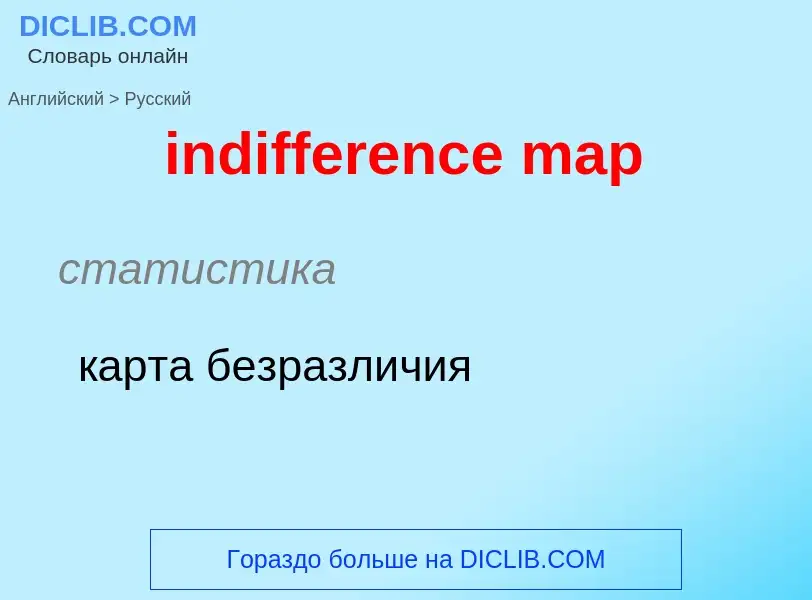Translation and analysis of words by ChatGPT artificial intelligence
On this page you can get a detailed analysis of a word or phrase, produced by the best artificial intelligence technology to date:
- how the word is used
- frequency of use
- it is used more often in oral or written speech
- word translation options
- usage examples (several phrases with translation)
- etymology
indifference map - translation to russian
статистика
карта безразличия
математика
кривая полезности
Definition
Wikipedia
In economics, an indifference curve connects points on a graph representing different quantities of two goods, points between which a consumer is indifferent. That is, any combinations of two products indicated by the curve will provide the consumer with equal levels of utility, and the consumer has no preference for one combination or bundle of goods over a different combination on the same curve. One can also refer to each point on the indifference curve as rendering the same level of utility (satisfaction) for the consumer. In other words, an indifference curve is the locus of various points showing different combinations of two goods providing equal utility to the consumer. Utility is then a device to represent preferences rather than something from which preferences come. The main use of indifference curves is in the representation of potentially observable demand patterns for individual consumers over commodity bundles.
There are infinitely many indifference curves: one passes through each combination. A collection of (selected) indifference curves, illustrated graphically, is referred to as an indifference map. The slope of an indifference curve is called the MRS (marginal rate of substitution), and it indicates how much of good y must be sacrificed to keep the utility constant if good x is increased by one unit. Given a utility function u(x,y), to calculate the MRS, we simply take the partial derivative of the function u with respect to good x and divide it by the partial derivative of the function u with respect to good y. If the marginal rate of substitution is diminishing along an indifference curve, that is the magnitude of the slope is decreasing or becoming less steep, then the preference is convex.

